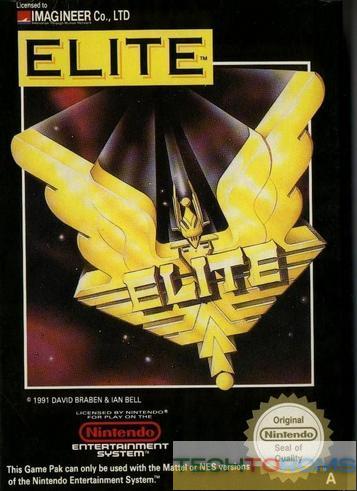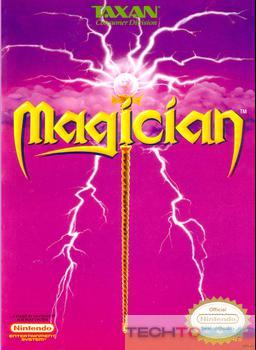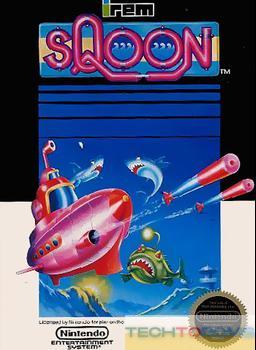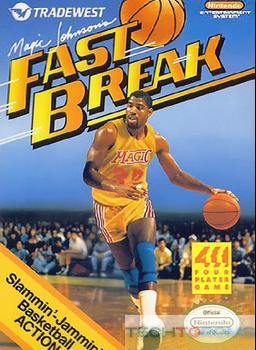
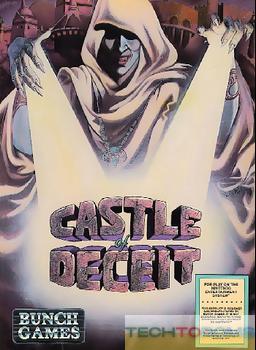
Castle of Deceit Rom Download
February 23, 2024
US
54.6 kB
33
The 8-bit era of gaming holds a cherished place in the hearts of many, revered for its simplicity, yet complex depth that challenged and captivated a generation. One of the hidden gems from this era, Castle of Deceit for the NINTENDO (NES), remains a cornerstone in the edifice of classic gaming. In an era characterized by its innovative strides, this game’s surprisingly rich narrative and gameplay mechanics set it apart as a timeless piece of the gaming mosaic.
In this extensive review, we will not only revisit the experience of Castle of Deceit but also explore why such games continue to hold value and appeal in the modern gaming landscape. We will analyze its historical significance, uncover mysteries that may have eluded players, and discuss its relevance today — an homage to 8-bit’s indomitable spirits and alluring mystique.
Uncovering the Deceit within the Castle’s Walls: Plot and Gameplay Dynamics
A Tale of Shadows and Chaos
Castle of Deceit spins a tale of shadowy warlocks and a realm plunged into chaos. Players step into the adventurous shoes of a brave knight on a critical mission to restore peace and light. By navigating a labyrinthine castle and defeating monstrous minions, the protagonist seeks the ultimate confrontation with the feared dark overlord.
The plot might echo familiar themes, yet its execution in the form of side-scrolling action-platformer gameplay distinguishes Castle of Deceit in the NES library. The game’s structure, with its intricately designed levels, challenges players to harness every tool in their arsenal — from precise platforming skills to strategic battles against vile creatures.
Masters of Illusion: Unique Magic System
One of the game’s most innovative features is its magic system, which allows players to harness spells throughout their adventure. This not only provides a varied combat experience but also integrates puzzle-solving elements. The translation of spells to control inputs is a testament to the game’s intuitive design, with each spell posing as a tool in unlocking the castle’s myriad secrets.
The magic system is tiered to empower progression, ensuring that players feel a tangible growth in their abilities as they advance through the game. This balance of skill and narrative intricacy offers a deeply engaging experience that is as rewarding as it is challenging.
A Historical Snapshot: Castle of Deceit’s Place in Gaming Culture
The Legacy of Independent Development
Castle of Deceit was released during an era where independent game development was not as mainstream as it is today. The fact that this title was developed and published by an independent studio, whose vision was brought to life in the digital form, is an inspiring tale of creative resilience.
With limited resources and developmental tools, the team managed to create a game that resonates with players on levels that transcend mere graphical appeal. The confluence of storytelling and gameplay, coupled with the technical constraints of the hardware, is a living testament to the ingenuity of independent developers of the 8-bit era.
Cultural Impact in the NES Community
Games like Castle of Deceit serve as cultural anchors for the NES community, reminiscent of a shared history and a common passion for gaming. In the context of the NES library, Castle of Deceit stands out as a lesser-known title loved by a dedicated niche of players. Its inclusion in the discussions about retro gaming adds to the rich tapestry of nostalgia and remembrance that defines the NES era.
Its themes and gameplay mechanics are reflective of an era that valued challenge and exploration, providing a unique benchmark to evaluate one’s gaming prowess. Castle of Deceit’s cultural impact lies in how it embodies the essence of the NES era — a time when games were measured by their depth and the joy they brought to players.
8-Bit Allure in a High-Definition World: Maintaining Relevance
Retro Gaming in the Modern Context
One might question the relevance of a game like Castle of Deceit in a world where 8-bit graphics are more a novelty than a norm. However, the enduring appeal of retro gaming is more than just the aesthetic; it’s about the experience that transcends the pixels.
The mechanics and difficulty curve in Castle of Deceit serve as a learning opportunity for younger generations of gamers who might be more accustomed to modern titles with their handholding and generous save systems. It also provides a refreshing alternative for those seeking a break from the visual and narrative overload of contemporary gaming.
Preservation and Digital Archives
In an age where digital archiving is paramount, Castle of Deceit serves as a historical artifact, preserving an era of game development. It is, in essence, a living document, a window into the past that sheds light on the genesis of gaming culture.
The 8-bit era was an evolutionary period in gaming, and titles like Castle of Deceit offer insights into the development methodologies of the time. Its presence in digital archives ensures that future generations of gamers can appreciate and learn from the industry’s early chapters.
The Afterglow: Community Reminiscences and Fan Contributions
Castle of Deceit’s Fan Community
The enduring legacy of Castle of Deceit is not just limited to the game itself but extends to a thriving community of fans who continue to celebrate and support it. From dedicated speedrunners who constantly push the boundaries of the game to modders who create new content, the fan community breathes life into Castle of Deceit.
Discussion forums, podcasts, and social media channels are just a few of the platforms where fans congregate to share strategies, stories, and fan art. The exchange of experiences and creative expressions further solidifies the bond between the game and its community, creating an ecosystem of mutual appreciation and enrichment.
Homebrew and Hacking: Expanding the Castle’s Horizons
One remarkable aspect of the NES community is its dedication to homebrew and hacking, where fans create new levels, characters, and even complete makeovers of the original games. Castle of Deceit has seen several of these fan projects, each a labor of love and passion that enhances the game’s lifespan and replay value.
These projects not only showcase the technical prowess and creativity of the community but also serve as an extension of the game’s world, offering fresh perspectives and challenges. They are living testimonies to the game’s ability to inspire and engage, defying the limitations of its initial release.
Conclusion: Castle of Deceit as a Beacon of Nostalgia and Growth
The allure of Castle of Deceit lies in its ability to transport players to an era of innocence and discovery, rich with the sounds and sights of 8-bit gaming. As we have explored in this analysis, the game’s appeal endures through the decades, offering both nostalgia and opportunities for growth in the modern gaming community.
Castle of Deceit and its contemporaries remain repositories of history, artifacts that deserve to be preserved and celebrated. They tell the story of an industry’s humble beginnings and the creative spirit that continues to drive it forward. As we continue to push the boundaries of what gaming can be, we must also cherish and learn from where it all began.
Just as the castle’s walls shelter secrets waiting to be uncovered, so too does the world of classic gaming. It is an evergreen forest of hidden gems, awaiting adventurers brave enough to explore its depths. In this spirit, we bid you to don your armor, gather your spells, and step forth — for the Castle of Deceit awaits, as do the myriad wonders of 8-bit gaming.
SEE MORE INTERESTING GAMES

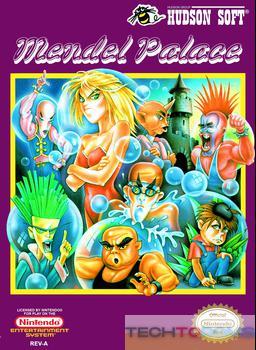

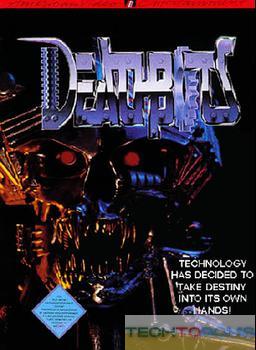

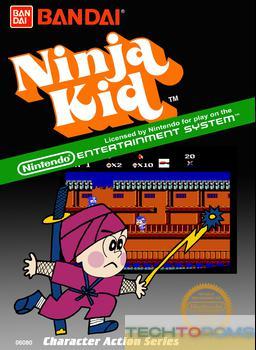

![Dragon Ball Z 2 – Gekishin Freeza!! [hFFE]](https://nyc3.digitaloceanspaces.com/techtoroms.com/2024/04/image.png?v=1713839658)
